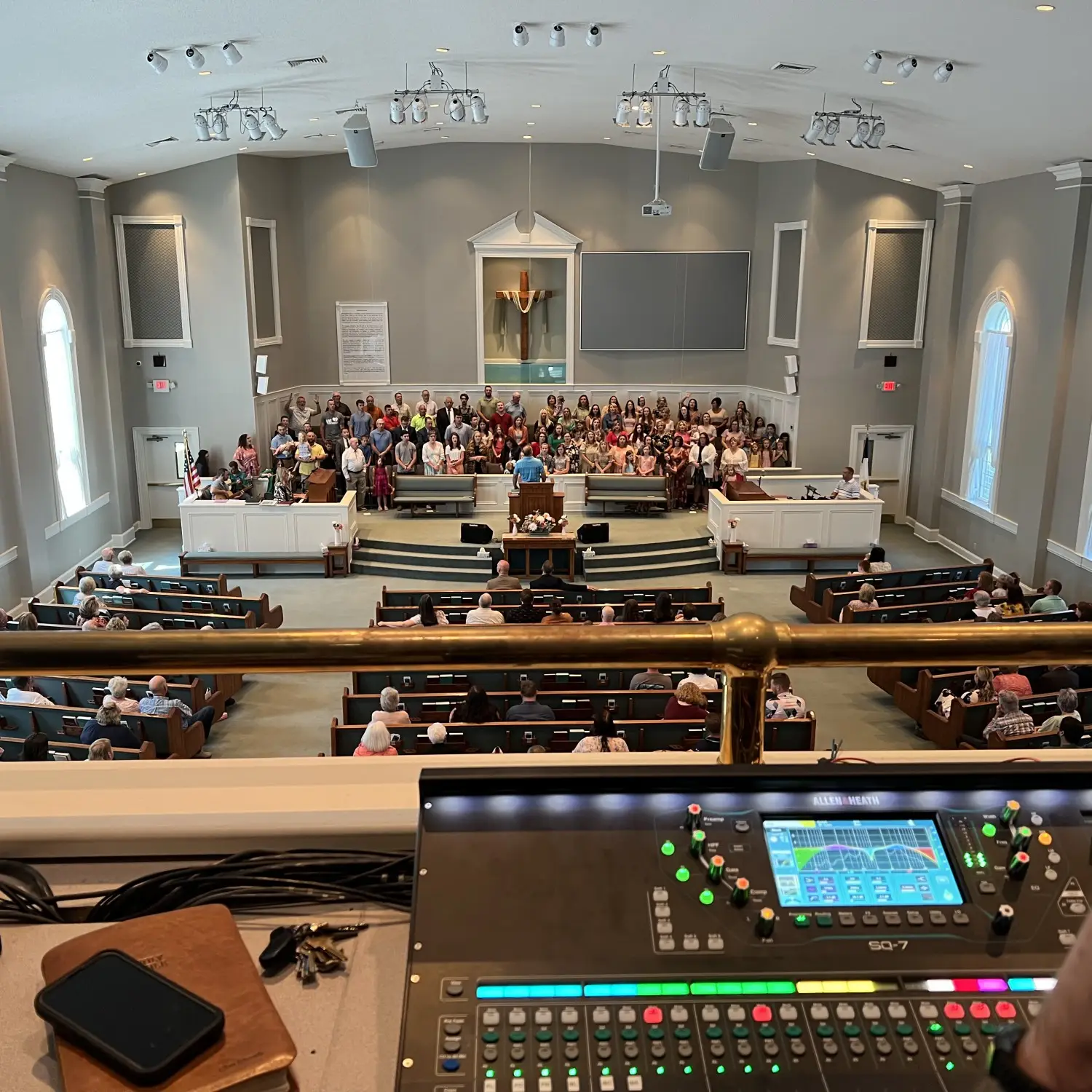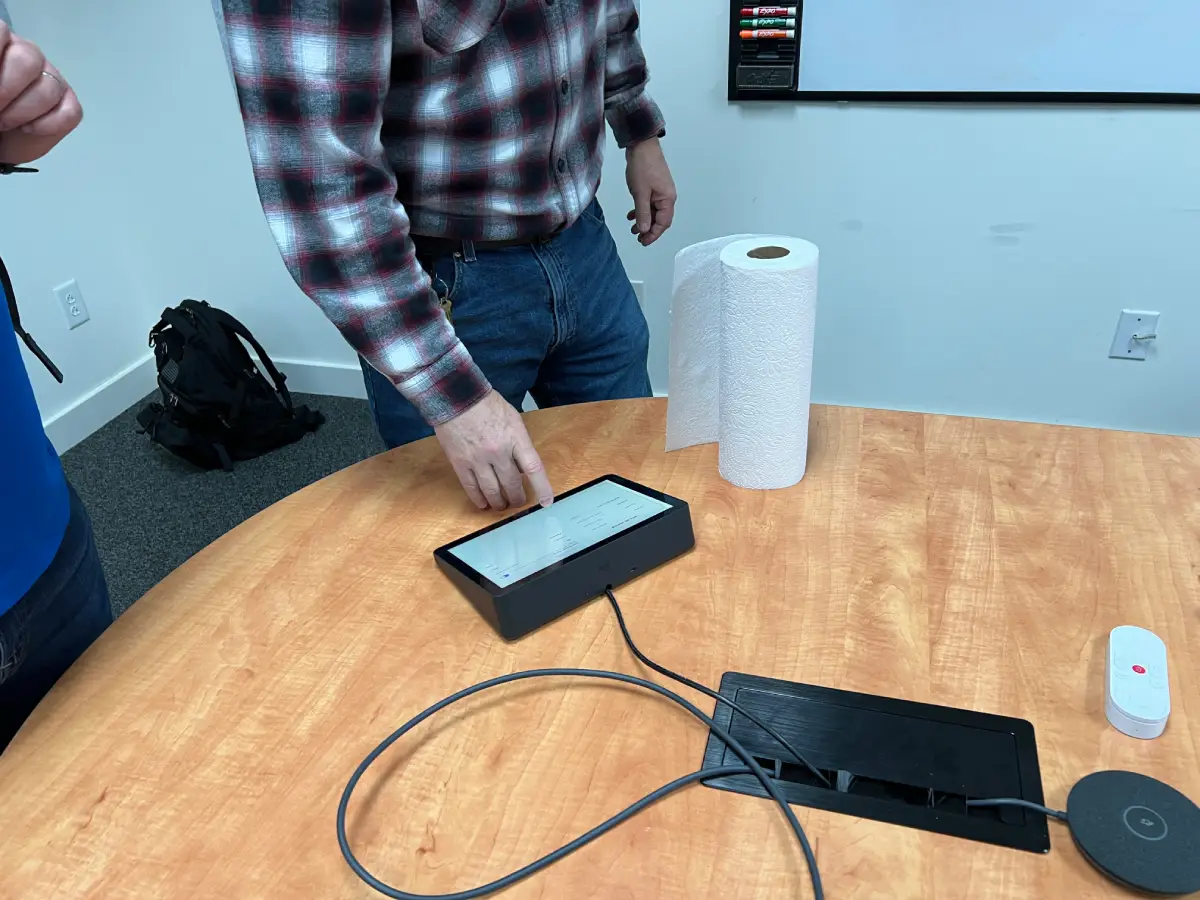AV Solutions
Conference room audio visual solutions

Solutions tailored for conference room settings
A strong AV setup is essential for clear communication and productive meetings. Our solutions include interactive displays, intuitive controls, and high-quality audio for a seamless experience. Whether it’s a small meeting room or a large boardroom, we design customized setups to keep your meetings running smoothly.

Why getting the right solutions for your conference meeting matters
Enhanced Audio Quality: Crystal-clear sound ensures every voice is heard, making communication smoother and decision-making more efficient.
Engaging Interactive Displays: Advanced visual technology boosts collaboration and engagement, enabling dynamic presentations and effective teamwork.
Simplified Control Systems: Intuitive controls make it easy to manage audio, visuals, and other AV elements, ensuring a seamless meeting experience.
Scalable and Future-Proof: Our AV setups are built to evolve with new technology, keeping your system effective as business needs change.
Make your AV goals a reality—contact us today
Whether you’re planning a new system, upgrading existing technology, or seeking expert guidance, we’re here to help. Let’s create an AV solution that delivers seamless performance and long-term success.
Consult
Design
Implement
We keep AV integration simple
Managing an AV project can be complex, but our streamlined process ensures a smooth experience. We stay focused and on task with three key steps:
AV services we provide
Explore our wide range of professional AV services, from initial consultation to installation and support, designed to bring your vision to life.
Locations we serve
Find out how our team serves businesses and organizations in your area, providing local expertise and support.

Types of AV equipment we support
Have questions? We have answers.
If you need more information, don’t hesitate to reach out—our team is happy to assist.
A well-designed AV setup makes meetings more efficient by ensuring clear audio, interactive displays, and easy-to-use controls. These solutions reduce technical disruptions, improve communication, and create a smoother, more productive experience. Whether it’s a quick team check-in or a high-stakes presentation, the right AV system keeps meetings on track.
Even sound distribution and echo reduction are key to clear audio. Proper speaker placement, acoustic treatments, and precise calibration ensure everyone hears clearly, no matter where they sit. Factors like room size, ceiling height, and background noise also play a role in achieving the best sound quality.
Yes! Our solutions are tailored to fit any space, from small huddle rooms to large conference areas. Customization ensures the technology supports your team’s workflow and business needs. We also consider future scalability, so your system can evolve as your business grows.
We design intuitive, user-friendly systems and integrate high-quality equipment to keep meetings running smoothly. Our team handles installation, fine-tuning, and ongoing support to ensure a hassle-free experience. We also provide training and guidance so your team can use the system with confidence.
Regular system checks, software updates, and calibrations help maintain peak performance. RYGID AV offers maintenance plans to keep your AV system reliable and ready for every meeting. Proactive maintenance can also help identify potential issues early, preventing disruptions before they happen.
Where to Contact + Connect with RYGID AV
Mooresville, NC 28117







